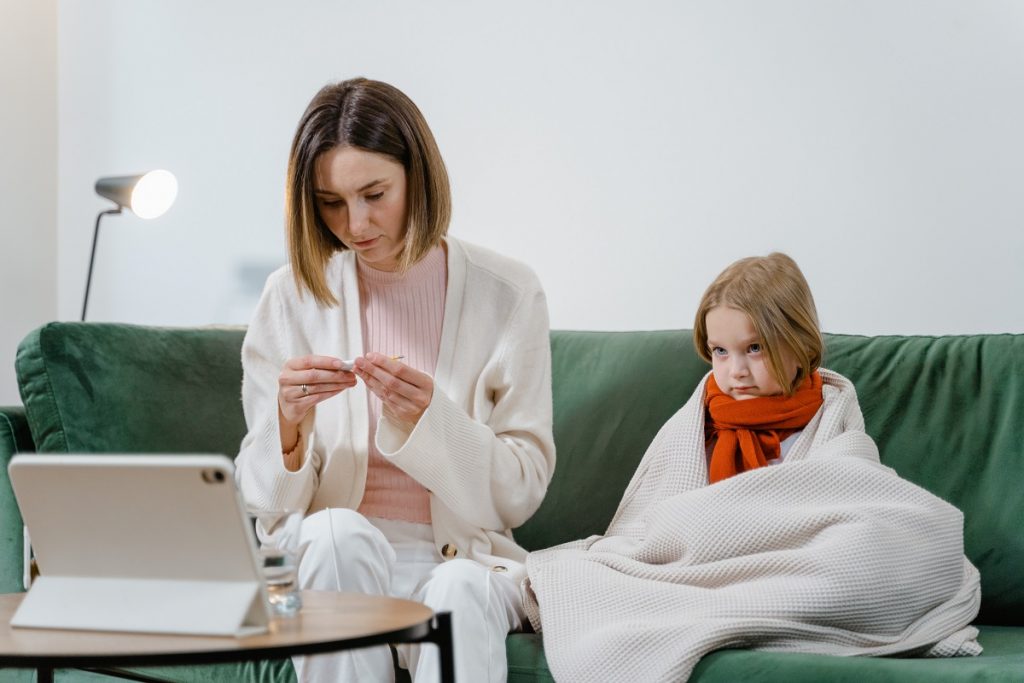Advancements in technology are increasing the multitude of available at-home healthcare devices. Because of this, around $250 billion worth of healthcare will be remote by 2025.
Modern Bluetooth Devices
Bluetooth is an excellent communication method between electronic devices. We use Bluetooth for entertainment across smart devices and laptops such as Apple. With medical instruments, you can use Bluetooth on macOS Ventura, and other computers. But the configuration lends itself well to real-time monitoring. It allows for quick and easy data transmission from advanced medical instruments to easily understandable end-user devices for patients. Some examples include Bluetooth-enabled pacemakers, glucose monitors, and workout devices like treadmills.
Video Call Appointments
Although remote technology is not new, the COVID-19 epidemic substantially enhanced its use. It feels like all we do now, where before, we could hardly even set up a distant video call. Technology for video calling is great for interpersonal interactions, but it also has uses in medicine. While you stay at home, your doctors can communicate with you from their clinic and even take a detailed look at any issues. The ramifications for COVID’s safety are enormous. Still, remote connectivity also makes it much simpler if you’re bedridden or in suffering.
At-Home Healthcare Includes Telemedicine
Telemedicine is among the most beneficial aspects of employing smart gadgets for healthcare. When practicing telemedicine, you can utilize medical tools with apps or built-in capabilities on your smart device. For instance, your doctor can connect their phone to medical tools they need to examine you and get real-time data sent back to it. For example, your physician can check your blood oxygen levels using devices like an oximeter. Additionally, organizing a remote face-to-face meeting is now easier than ever and most clinics welcome it to avoid congestion.
Advanced Biofeedback Tech
Using biofeedback techniques to manage your health is a very scientific process. For example, sounds and pictures in biofeedback indicate anxiety and various forms of stress. Your skin is first connected to several electrode locations to begin a biofeedback session. The monitor then plays a sound, flashes a light, or displays an image based on the signals the sensors send. These show your muscular activity, blood pressure, temperature, and heart rate. You can also research the usage of breathing techniques, relaxation, and yoga to lessen stress.
Wearable Medical Tech
Because your physician isn’t always around you, it can be difficult to assess and treat conditions like depression. Additionally, it might be challenging to identify triggers because many individuals who have experienced them don’t disclose them or can’t precisely recall how they felt. Wearable technology can identify cues by detecting your mood and alerting you to specific situations. However, technology is being improved in order to connect gadgets to the Internet of Things. So your refrigerator may give you food advice based on real-time mood monitoring.
Summary
At-home healthcare technologies and devices are making life easier for the disabled, people with conditions, and those in remote locations. Some of the most widely used and impressive include real-time Bluetooth monitoring devices, telemedicine, and wearable tech for mood.

